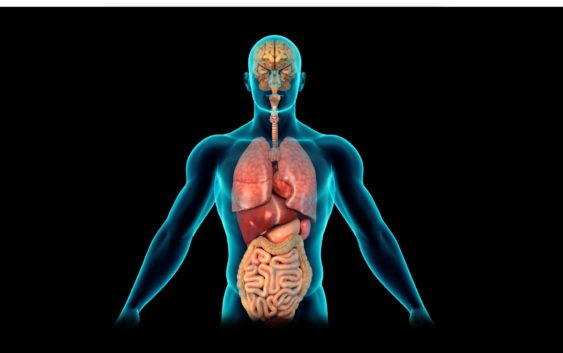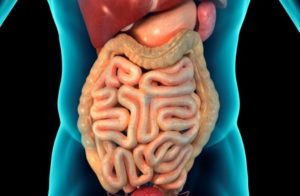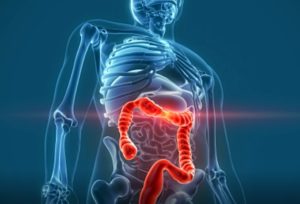The Anatomy of Digestion

The digestive system is a set of organs, which converts everything you eat and drink into a substance used by the body as energy, growth and repair. Without food, water and oxygen we could not survive.
It is fair to say that for most of us eating has also become a hobby as well as a necessity for survival. How many times do you meet your friends for a coffee, lunch, dinner or a glass of wine? On these occasions eating and drinking is rarely done mindfully even though our brain controls most of the digestive functions!
The digestive system has interrelationships with the circulatory, endocrine, lymphatic, muscular and nervous system and most importantly the brain!
The organs involved directly with eating and drinking are:
- Mouth
- Oesophagus
- Stomach
- Small and Large intestine
That said the pancreas, liver, gall bladder and brain also play a vital role and it could be argued that in some ways they are almost as important. These could be considered as accessory organs!
SmallerKnickers aims to give you a visual image of a journey inside your body as you eat and drink. Perhaps if you knew what happened inside your body you might make changes to your diet.
So take look at our FILM to give you an insight of the organs involved on the digestive process.
Before you even start eating you see and smell food, which may influence which choices you make before each meal or snack.
Mouth
This is the first stage of the digestive process. The teeth and saliva help to breakdown the food into a bolus in preparation for digestion. Saliva is secreted by glands, which contains water, mucus and an enzyme called amylase, which breaks down starch.
Stomach
The stomach has mechanical tasks to perform during digestion:
- It stores the swallowed food and drink
- Absorbs alcohol
- It churns food, drink and gastric juices produced by the stomach
- Kills bacteria by producing hydrochloric acid
- It empties its contents into the small intestine
The stomach produces a range of enzymes collectively called proteases to break down protein. One factor affecting the emptying of the stomach is its fat and protein content.
Duodenum/Jejunum/Ileum
Chyme from the stomach enters into the duodenum where it is exposed to secretions that aid digestion. The secretions include bile salts, enzymes, and bicarbonate. Chyme is then further transmitted further down to reach the Jejunum. In the first half of the Jejunum the majority of nutrient absorption occurs involving proteins, carbohydrates, vitamins and minerals.
The Ileum is the last section and absorbs water, bile salts and vitamins B12. From here the journey continues into the small and large intestine.
Small intestine

90% of food absorption takes place in the small intestine, as oppose to 10% in the stomach and large intestine. Digested molecules of food, as well as water and minerals from the diet, are absorbed from the cavity of the upper small intestine. Most absorbed materials cross the mucosa into the blood and are carried off into the blood stream to other parts of the body for storage or for further chemical exchange. This part of the process varies depending on the different type of nutrients digested.
Large intestine

The primary function of the large intestine is to absorb fluids and electrolytes, particularly sodium and potassium. Another function is to produce short-chain fatty acids. These are substances that can be absorbed and provide added nutrition.
Now you understand a little about how the digestive system works, you can find out more about the accessory organs involved in the digestive process. Review in your membership category: The Pancreas, the Liver and the Gallbladder.
